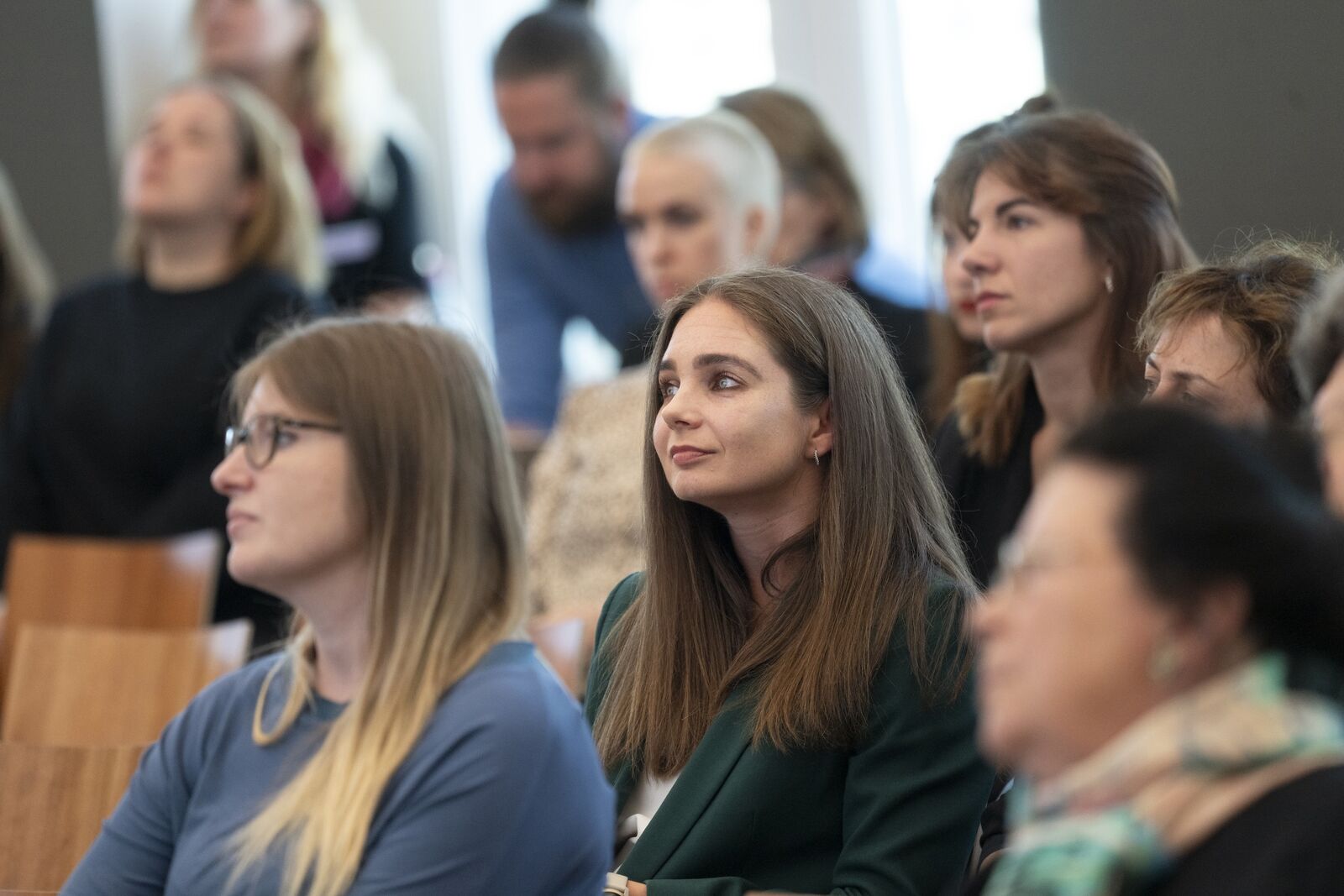
Sebastian Bolesch
Art & Science
Fri, May 16, 5:30 p.m.
The new Barberini Studio regularly hosts exciting art talks on current topics related to art in the museum.
Duration
60 minutes
Costs
€ 10
The ticket allows you to visit the museum one hour before the start of the event.
Meeting point & Location
Barberini Studio, Humboldtstr. 4, 14467 Potsdam; next to the museum
Thu, March 20, 5:30 p.m.
Our Precise Place in the Cosmos – Positioning the Earth in the Universe
Dr. Robert Heinkelmann, GFZ Helmholtz Centre for Geosciences in Potsdam
“The creation of the work is cosmic in character” (Wassily Kandinsky)
In the early twentieth century, artists directly associated their nonrepresentational art with new scientific research into the smallest particles and most distant galaxies. The first generation witnessed the discovery of the space-time continuum in Albert Einstein's theory of relativity, while the Op artists lived to see the moon landing of 1969 and its media reception on their television sets. Dr. Robert Heinkelmann of the GFZ Helmholtz Centre for Geosciences in Potsdam describes the way in which today, we can determine our place in the cosmos with great precision. Smartphones guide us to our holiday destinations; we know exactly how many millimeters the sea rises per year and can trace the movements of the large tectonic plates of the earth. Yet such information is dependent on a fixed frame of reference that indicates the earth’s place in the cosmos. In this endeavor, we are assisted not only by satellites orbiting close to the earth, but also by unimaginably distant objects in the universe such as quasars.
Thu, April 10, 5:30 p.m.
The Earth’s Magnetic Field – Our Invisible Shield
Dr. Monika Korte, GFZ Helmholtz Centre for Geosciences
Artists at the turn of the twentieth century were fascinated by scientific discoveries in fields such as astronomy and magnetism. This new knowledge inspired them to create abstract, often geometric works of art. The earth’s magnetic field is of crucial importance for life on our planet. It protects us from cosmic radiation and the high-energy particles produced by solar winds. During a solar storm, we see the effects when solar particles cause gases in the upper layers of our atmosphere to glow, producing the colored polar lights. Where does the magnetic field come from, how stable is it, and how has our understanding of it changed over the last century? Monika Korte of the GFZ Helmholtz Centre for Geosciences offers insight into the newest research on the visualization of the earth’s magnetic field.
Fri, April 11, 5:30 p.m.
How does an exhibition come about?
Dr. Sterre Barentsen, Curator Kandinsky’s Universe, Museum Barberini
The curator of the exhibition Kandinsky’s Universe: Geometric Abstraction in the 20th Century talks about the genesis and realization of the concept. She describes the development of the exhibition from the selection of loans to the completion of the catalog to the installation and hanging in the museum—a look behind the scenes at the Barberini.
Fri, May 16, 5:30 p.m.
Abstraction: Unimaginable in 1910, a Movement by 1913
Isabelle Runde, Art historian, Berlin
In the early twentieth century, all previously valid explanatory models for the world were turned upside down. A new language was needed, and artists of all genres broke with old forms of expression to create something fundamentally new. Throughout Europe, many painters declared abstraction to be the one universally comprehensible artistic language of the time. The vocabulary of this revolution rapidly found its way into studios, publishing houses, theaters, concert halls, and opera houses through networks established by the lively exchange between artists, gallery owners, journalists, impresarios and patrons of the arts. This lecture presents Wassily Kandinsky in his inspiring environment. His 1911 book Concerning the Spiritual in Art and his 1912 painting Composition V helped launch the revolutionary art movement of abstraction, which broke new ground in Europe and the United States from the very beginning.